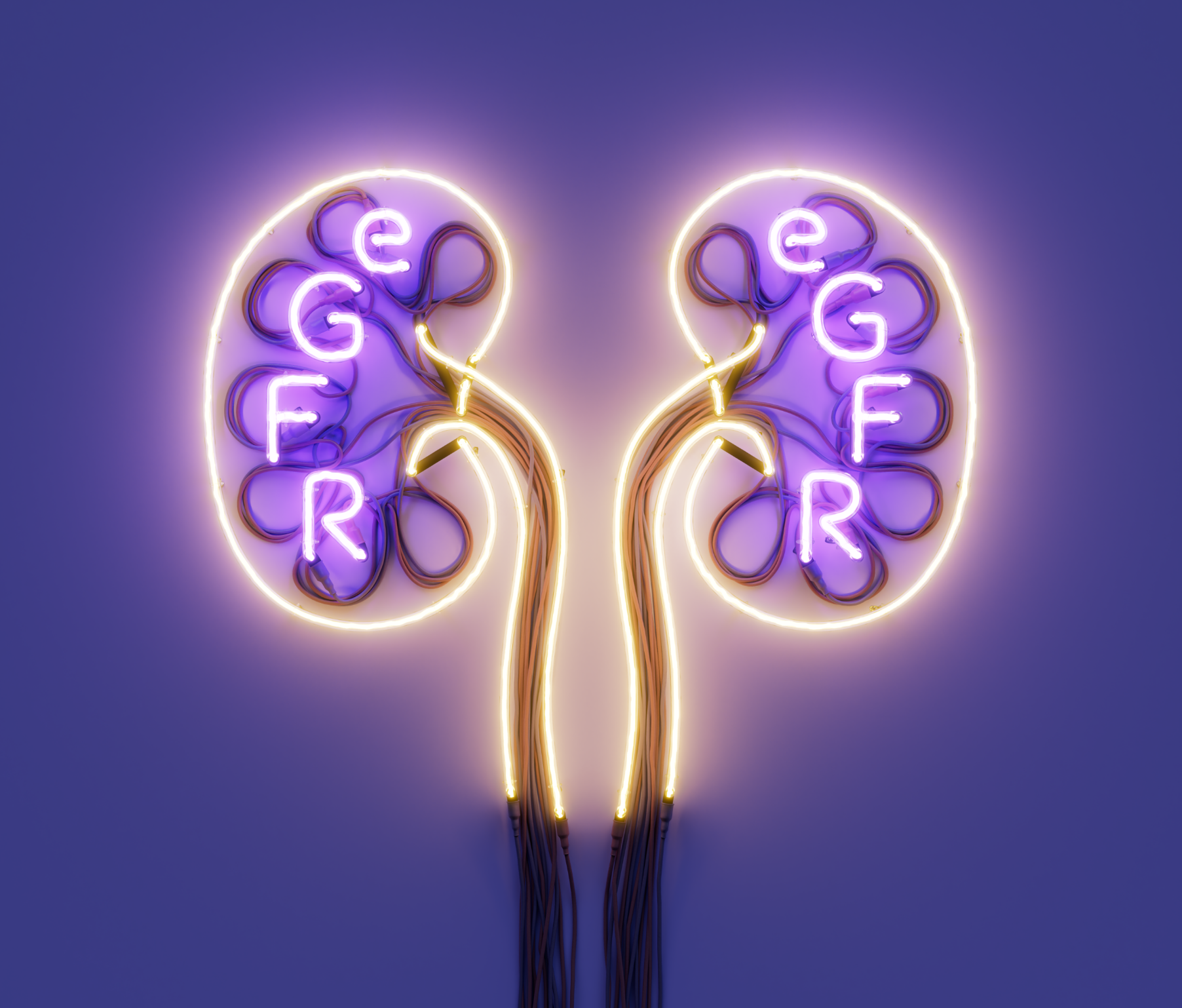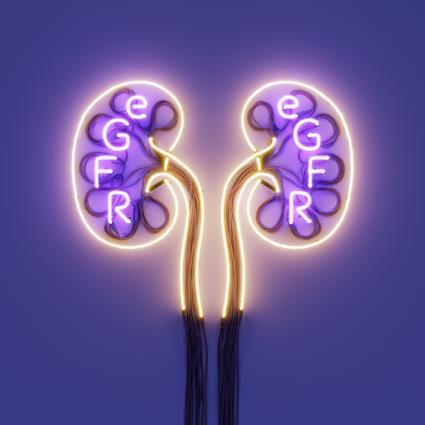


ON TREATMENT§ & UPCR REDUCTION
>50% less kidney function loss was seen at 2 years (p<0.0001)2,3§
Primary endpoint: time-weighted average of eGFR change demonstrated a difference of 5.05 mL/min/1.73 m2 over 2 years2¶
Durable UPCR reduction was achieved through 2 years2**

Levels of circulating Gd-IgA1 and IgA immune complexes were reduced from baseline at 3, 6, and 9 months vs RASi alone3,5
Data are exploratory. Clinical significance has not been established. Small sample sizes of a specific patient group are limitations of these analyses.

The most common adverse reactions occurring in ≥10% of patients treated with TARPEYO + RASi and at a higher incidence than RASi alone were: peripheral edema, hypertension, muscle spasms, acne, and headache2
ACEi=angiotensin-converting enzyme inhibitor; CI=confidence interval; CKD=chronic kidney disease; eGFR=estimated glomerular filtration rate; Gd-IgA1=galactose-deficient IgA1; KDIGO=Kidney Disease: Improving Global Outcomes; LS=least squares; RASi=renin-angiotensin system inhibitor; UPCR=urine protein-to-creatinine ratio.
REFERENCES: 1. Kidney Disease: Improving Global Outcomes (KDIGO) Clinical Practice Guideline for the Management of Immunoglobulin A Nephropathy (IgAN) and Immunoglobulin A Vasculitis (IgAV) Public Review Draft; August 2024. Accessed June 10, 2025. https://kdigo.org/wpcontent/uploads/2024/08/KDIG0-2024-lgAN-lgAV-Guideline-Public-Review-Draft.pdf 2. TARPEYO. Prescribing Information. Calliditas Therapeutics AB; June 2024. 3. Data on file. Calliditas Therapeutics AB. 4. Barratt J, Lafayette RA, Rovin BH, et al. Budesonide delayed-release capsules to reduce proteinuria in adults with primary immunoglobulin A nephropathy. Expert Rev Clin Immunol. 2023;19(7):699-710. doi:10.1080/1744666X.2023.2206119 5. Cotton V, Nawaz N, Molyneux K, et al. Analysis of the NefIgArd Part A study population confirms Nefecon suppresses circulating levels of IgA-containing immune complexes in IgA nephropathy. Leicester IgAN research group. Poster presented at IIgANN Congress; September 28-30, 2023.







